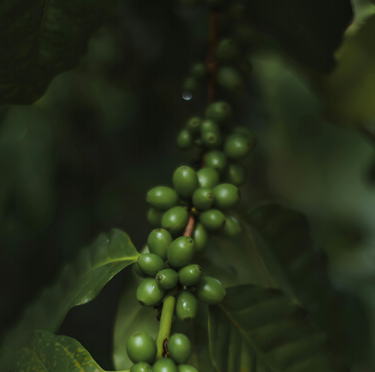Latte art has become a hallmark of artisanal coffee culture. This intricate craft, which involves carefully pouring milk into a shot of espresso, results in a striking pattern or design on the milk's surface.
But it's not as simple as it sounds. The creation of coffee art demands a deep understanding of coffee, milk, and the delicate balance between the two.
In this blog, we delve into the fascinating world of latte art. From its history to the fundamental techniques and beyond to advanced latte art designs, we'll explore the beauty and intricacy of this craft.
The Historical Journey of Latte Art
Coffee art has a rich and intriguing history, with its roots firmly planted in the coffee-loving culture of Italy. It was here that the espresso machine was born, and with it, the possibility of combining coffee and milk in new ways.
However, the practice of creating latte art designs in the foam of a coffee drink didn't gain popularity until the late 20th century in the United States. From there, the art form quickly spread across the globe, becoming a signature of craft coffee houses and a symbol of the barista's skill and attention to detail.
The Fundamentals of Latte Art
Creating coffee art is a skill that requires a deep understanding of the properties of coffee and milk, as well as a steady hand and a creative mind.
How to do Latte Art
- The first step in creating latte art is pulling a good shot of espresso. The espresso and crema forms the base of the drink and provides the dark backdrop that makes the coffee art stand out. The quality of the espresso shot is crucial, as it affects not only the taste of the drink but also the contrast and definition of the latte art.
- Steaming the milk to the right consistency is the next crucial step in creating coffee art. The milk should be steamed to create a velvety microfoam, which is then poured into the espresso.
- The technique of pouring the milk is where the artistry truly comes into play. The barista must control the flow of milk, using it to create shapes and patterns on the surface of the coffee. This requires a steady hand, precise control, and a good understanding of how the milk and coffee interact.
The Art of Pouring
The pour itself is a delicate process that requires a steady hand and precise control over the flow of milk. The barista begins by pouring the milk from a height into a tilted cup, which pushes the milk under the surface of the espresso and creates a clean canvas for the design.
As the cup fills, the barista lowers the pitcher, allowing the milk to flow onto the surface and form a pattern. The design is created by moving the pitcher and controlling the flow of milk to form shapes and patterns.
Coffee Art for Beginners
Latte art designs can range from simple shapes to intricate patterns, each requiring a different level of skill and technique. Some of the most popular coffee art designs include the heart, rosetta latte art, and the tulip.
Each of these latte art designs has its own charm and can be a great way to add a personal touch to a cup of coffee.
The Heart
The heart is one of the simplest latte art designs to create, making it a great starting point for any latte art beginner. It is created by pouring a dot of milk into the centre of the cup and then dragging it through to form a heart shape.
Despite its simplicity, a well-poured heart can be a beautiful addition to any cup of coffee.
The Rosetta
Rosetta latte art, on the other hand, is a more complex design that requires a bit more skill and practice. It is created by pouring a line of milk into the cup and then wiggling the pitcher back and forth to create a leaf-like pattern.
The result is a design that resembles a fern leaf or rosetta, adding a touch of elegance to the coffee.
The Tulip
Tulip latte art is another popular design that involves layering multiple hearts to create a flower-like pattern. This design requires precise control over the flow of milk and the movement of the pitcher, making it a bit more challenging than the heart or the Rosetta latte art.
However, with practice, tulip latte art can be a stunning addition to any latte.
The Challenge of Advanced Latte Art
Once you've mastered the basics, you can start experimenting with more advanced coffee art designs. These designs often involve combining different pouring techniques and creating more complex patterns.
Some of the more advanced designs include the swan, the phoenix, and the wave heart, each of which requires a high level of skill and creativity to execute.
Swan latte art, for example, is a design that involves creating a large body with a long, curved neck and a small head, all with a single pour of milk. This design requires a good understanding of how the milk flows and how to control it to create the different parts of the swan.
Conclusion
Latte art is a beautiful and intricate craft that adds a touch of creativity and a personal touch to the coffee experience. It is a skill that requires practice, patience, and a deep understanding of coffee and milk, but with time and dedication, anyone can learn to create stunning coffee art.
Coffee Subscriptions at Rave Coffee.
At Rave Coffee, we believe that coffee is not just a drink, but an experience. It's an art form that brings together taste, aroma, and visual appeal in a single cup.
Our unique coffee subscription service ensures you never run out of your favourite brew and is tailored to your preferences, allowing you to choose your coffee beans, grind, and delivery frequency.
So whether you're a seasoned barista or a coffee enthusiast looking to elevate your home coffee experience, we're here to help you explore the wonderful world of coffee and latte art.






